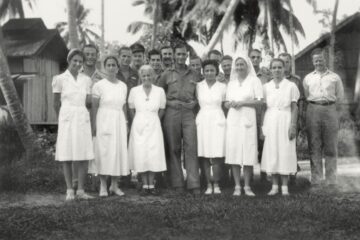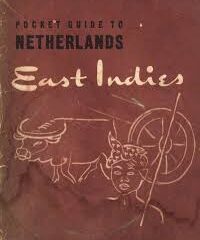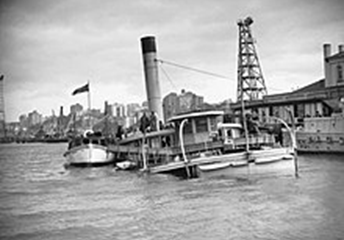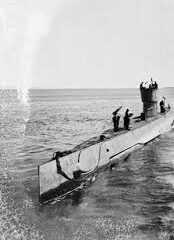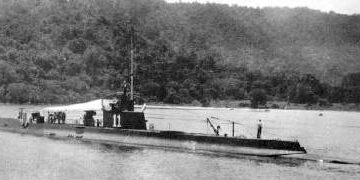Forgotten allies: how Brisbane’s WWII history has faded from Dutch memory
Even in Brisbane, the global importance of the city’s role during World War II is largely unknown. While many locals are aware of the large American presence, few know that the Dutch also operated from here during the Pacific War. Even fewer in the Netherlands would be aware of the Read more



